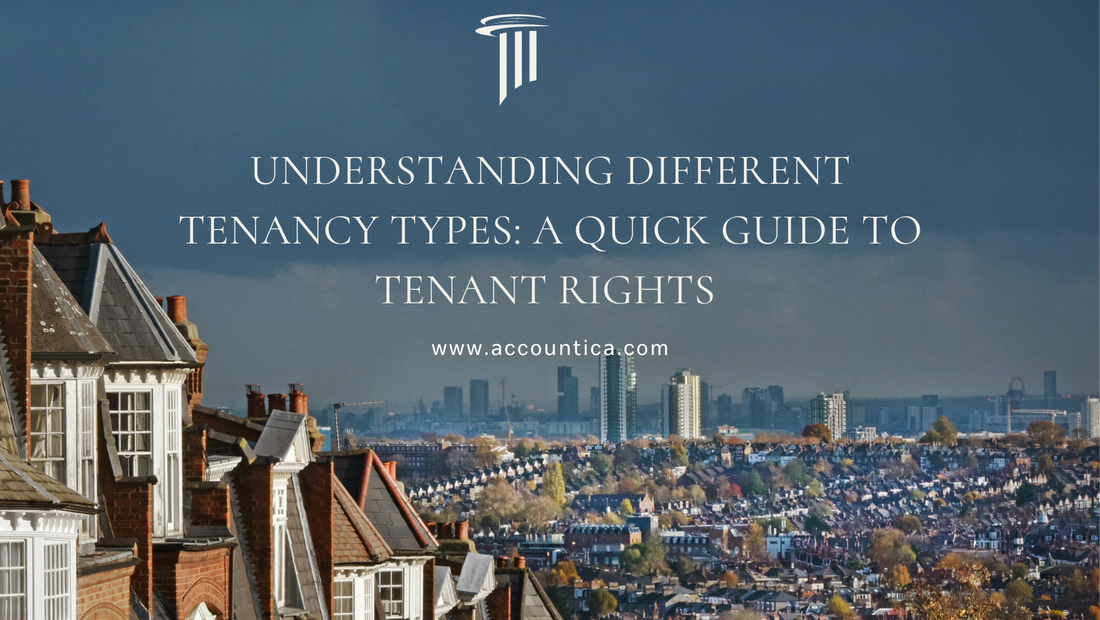Assured Shorthold Tenancy (AST)
- Most Common: Used primarily for residential properties.
- Fixed Term: Typically 6-12 months; renewable.
- Landlord's Right to Possession: Can regain possession at the end of the fixed term with two months' notice (Section 21 notice).
- Deposit Protection: Landlord must protect the tenant’s deposit in a government-approved scheme.
- Rent Increase: Can increase rent after the fixed term, typically through a new agreement or with proper notice.
Assured Tenancy
- Long-Term Security: Tenant can live indefinitely as long as terms are followed.
- Rent Control: Landlord can only increase rent under specific conditions, often requiring tenant agreement or tribunal approval.
- Eviction: Landlord can only evict for specific reasons, such as rent arrears or significant breaches of the agreement.
- Possession: Landlord has limited ability to regain possession, often only with court approval.
Non-Assured Tenancy
- Special Circumstances: Used when criteria for an AST aren’t met (e.g., low rent, landlord lives in the building but doesn’t share living space).
- Limited Protection: Tenant has less security compared to AST.
- Flexible Notice: Landlord can regain possession with minimal notice, typically aligned with the rental payment period.
- Rent Increase: Landlord has more freedom to increase rent, often with less stringent notice requirements.

